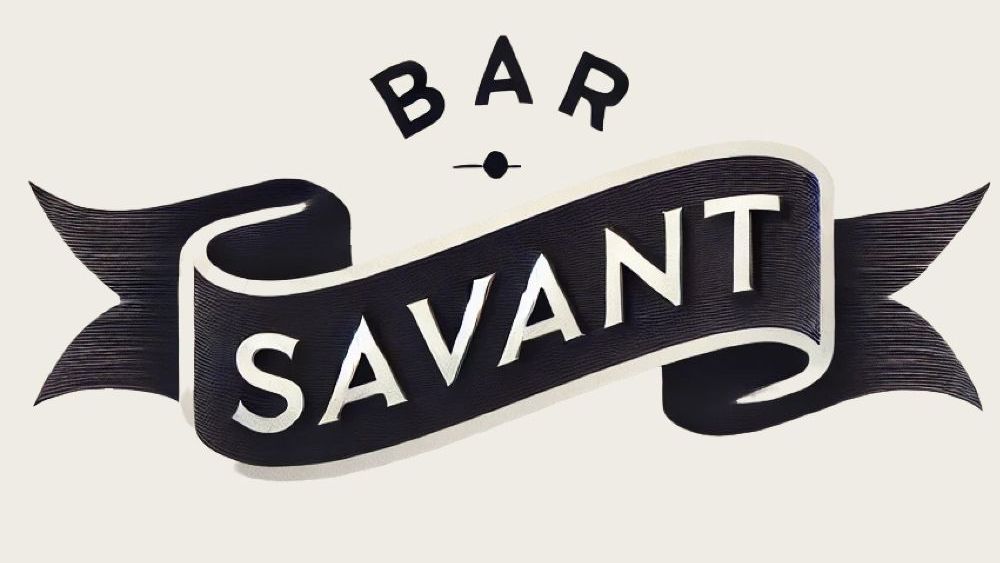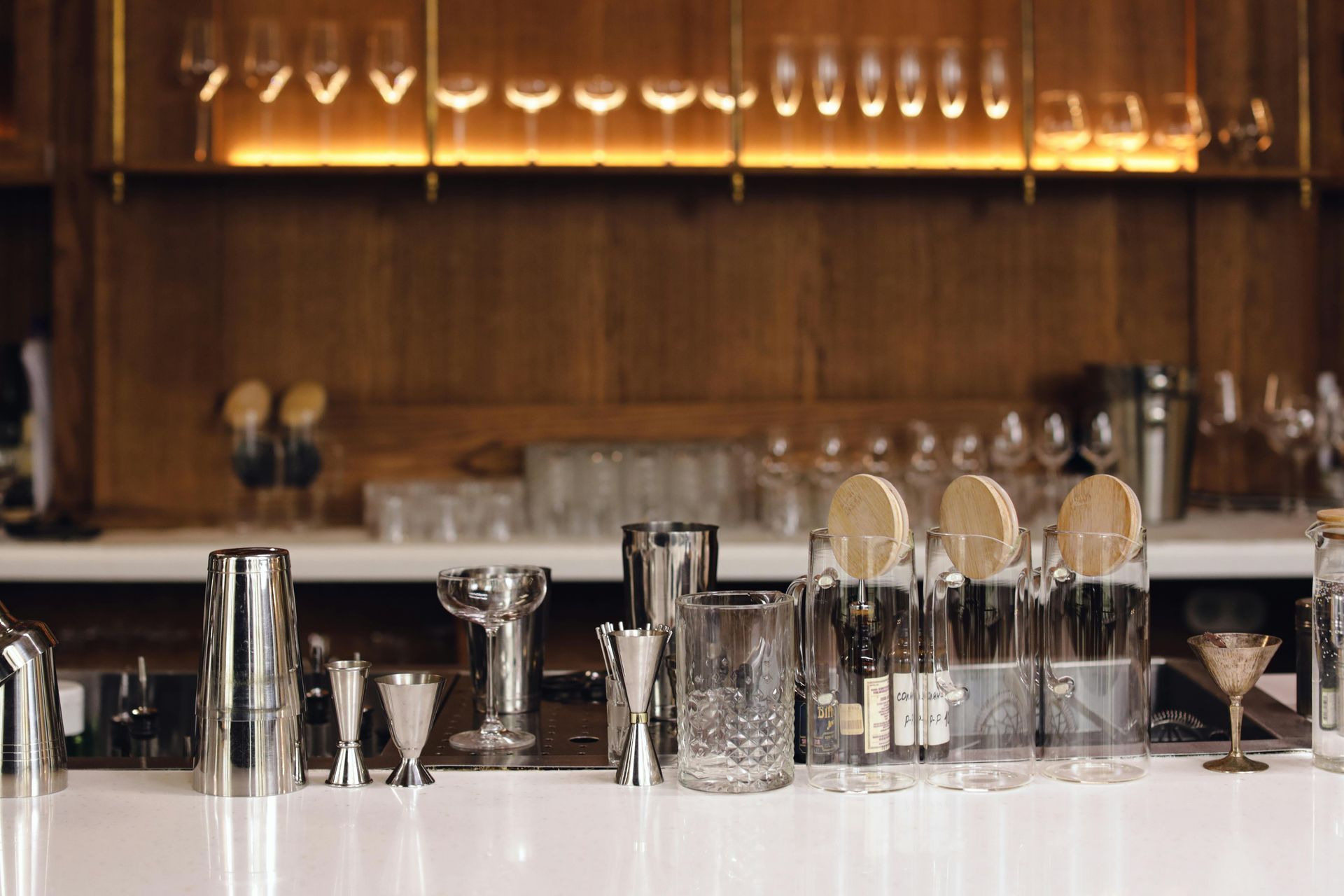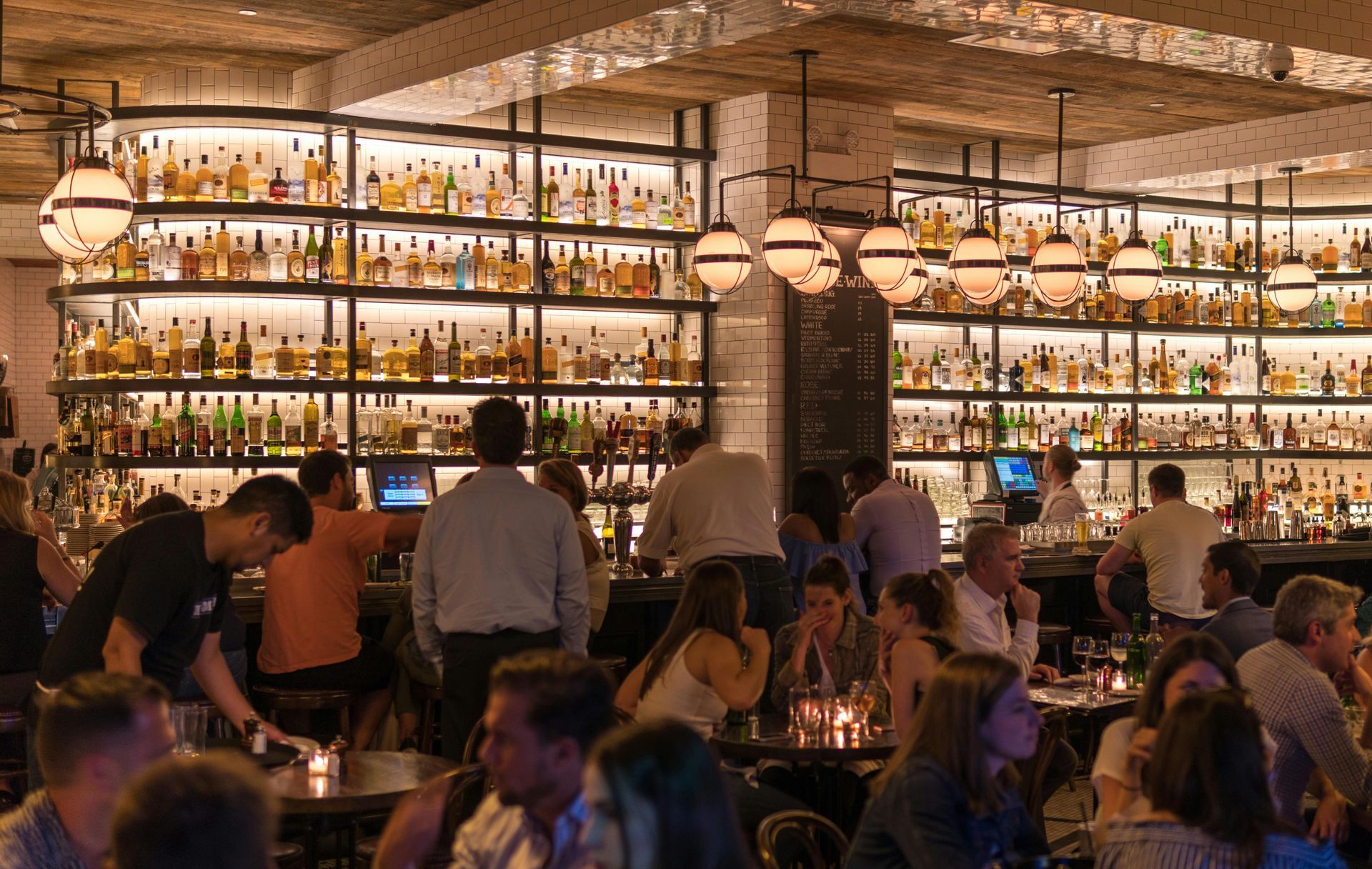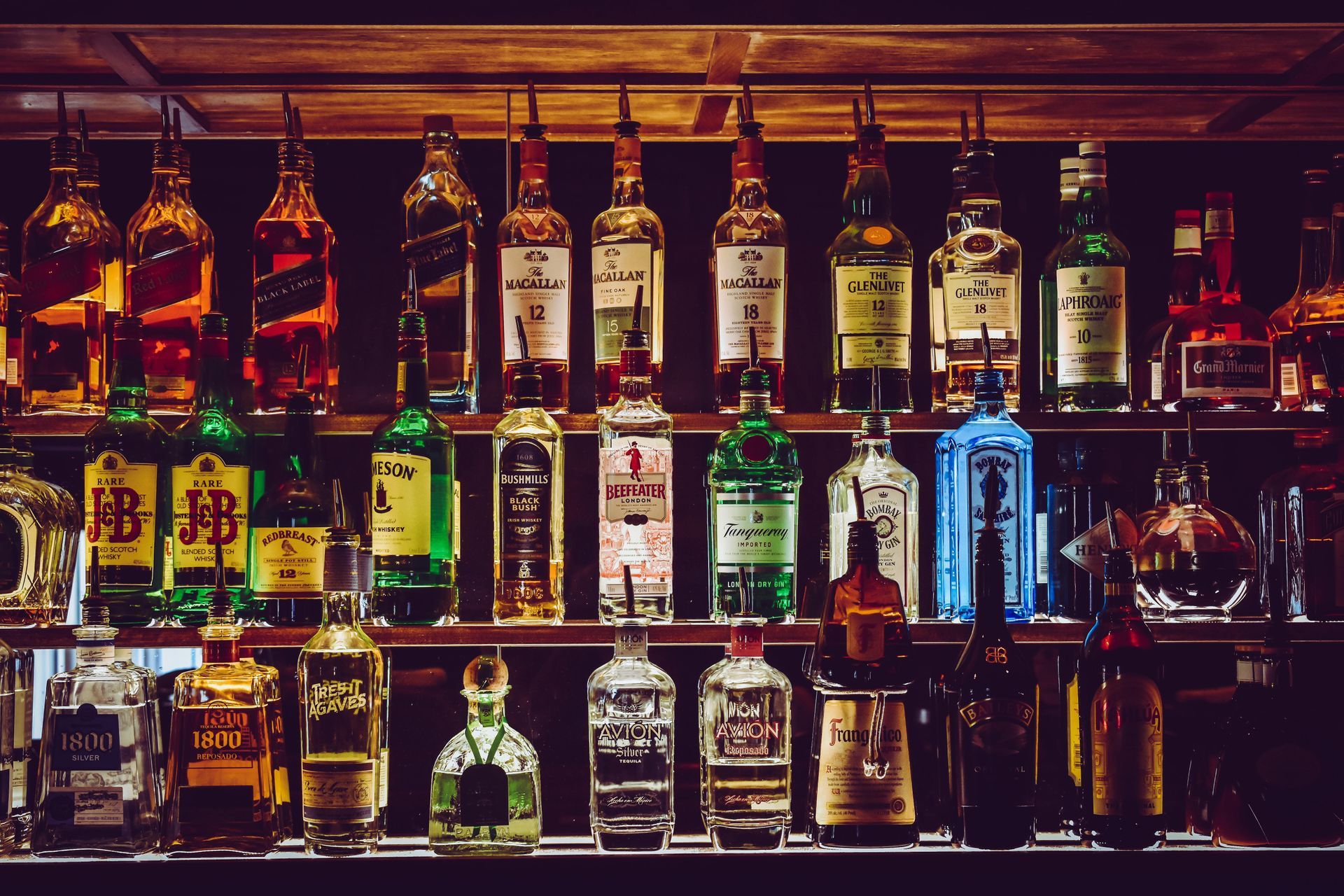Metrics and Feedback
Gettye Goins • December 13, 2024
In the fast-paced world of craft cocktail bars, success isn’t just about the immediate thrill of a well-executed service. It’s about building a sustainable, thriving operation that consistently delivers excellence. To achieve this, metrics and feedback become indispensable tools. They provide the clarity and insight needed to refine systems, adapt to challenges, and continuously improve. These aren’t just numbers and comments; they are the pulse of the business, revealing what’s working, what’s not, and where there’s room for growth.
Two key metrics serve as the foundation for evaluating success: pour cost and guest satisfaction. Pour cost is a straightforward indicator of financial health. It’s the percentage of revenue spent on the cost of ingredients, and for a craft bar, keeping this number in check is critical. While a slight fluctuation might be acceptable—perhaps due to the inclusion of a high-cost, limited-time offering—sustained increases in pour cost can signal inefficiencies, waste, or pricing issues. Regular monitoring of pour cost ensures that the bar remains profitable without sacrificing quality. It’s not about cutting corners but about making smart, intentional decisions with every purchase and pour.
Guest satisfaction, on the other hand, is the soul of the operation. A profitable bar that doesn’t make guests feel valued won’t stay successful for long. Guest satisfaction is often trickier to quantify, as it encompasses everything from the taste of the drinks to the warmth of the service to the ambiance of the space. To measure this effectively, the bar must rely on both formal and informal feedback. Formal channels, such as online reviews, social media comments, and guest surveys, provide direct insights. These should be monitored consistently—ideally weekly—to identify patterns and respond to concerns quickly. A guest who leaves a glowing review should feel appreciated, while one who raises a complaint should feel heard and respected.
Informal feedback is equally important and often more immediate. Observations during service can reveal a lot about how guests are feeling. Are they lingering over their drinks, clearly enjoying themselves? Are they asking for recommendations or engaging with bartenders? Or are they hurriedly finishing their orders and leaving? Bartenders and servers are in the perfect position to gather this kind of feedback, sharing insights about guest behavior and sentiment in real time. Regular team discussions about these observations help the bar adjust its approach and address subtle issues before they escalate.
Analyzing feedback, however, is only part of the equation. What matters most is how the bar acts on it. When a guest leaves a less-than-positive review, the team should approach it as an opportunity to improve. For example, if multiple reviews mention slow service on busy nights, it may be time to reevaluate staffing levels or streamline workflows. Similarly, if guests rave about a particular cocktail, the bar might consider highlighting it on the menu or creating variations to keep the excitement alive. Feedback-driven adjustments show guests that their voices matter, building loyalty and trust.
To ensure that metrics and feedback translate into actionable improvements, communication within the team is key. Traditional all-hands meetings can be cumbersome and time-consuming, so many bars opt for more efficient methods. Group chats, shared documents, or brief pre-shift updates allow everyone to stay informed without disrupting the flow of service. For example, a quick message summarizing the week’s reviews or highlighting a new standard operating procedure keeps the team aligned and motivated. Individual follow-ups with team members can also be useful, especially when addressing specific areas for improvement or recognizing outstanding performance.
Recognition and rewards are often overlooked in feedback systems, but they’re vital for building a positive, motivated team culture. When a bartender’s new cocktail creation receives rave reviews, acknowledging their creativity and effort not only boosts morale but also encourages continued innovation. Similarly, recognizing a barback for consistently keeping the bar stocked and organized reinforces the importance of their role. This kind of positive reinforcement creates a culture where everyone feels valued and invested in the bar’s success.
Beyond day-to-day operations, metrics and feedback play a crucial role in long-term planning. They help identify deeper trends and inform strategic decisions. For example, tracking the popularity of menu items over several months might reveal that guests gravitate toward certain flavor profiles, leading to more focused menu development in the future. Similarly, monitoring pour costs over time can help pinpoint opportunities for better supplier negotiations or recipe adjustments.
Technology can make tracking and analyzing metrics easier and more efficient. Modern point-of-sale (POS) systems often include features for monitoring sales trends, inventory usage, and even staff performance. Pairing this data with guest feedback creates a comprehensive picture of how the bar is performing. However, technology is not a substitute for human insight. The best systems complement the team’s instincts and experience, providing data that supports informed decision-making.
Metrics can also help the bar stay competitive in a crowded market. By benchmarking key performance indicators (KPIs) against industry standards, the team can assess where they excel and where they might need to improve. For instance, if the average pour cost for similar bars in the area is 22%, but the bar’s pour cost is consistently higher, it’s worth investigating whether the issue lies in pricing, sourcing, or waste management. Conversely, if guest satisfaction ratings consistently outshine the competition, that’s a strength worth celebrating and promoting.
Transparency around metrics and feedback fosters a culture of accountability and continuous improvement. When the team understands how their actions impact the bar’s performance—whether it’s reducing waste, upselling premium cocktails, or delivering exceptional service—they’re more likely to take ownership of their roles. Sharing successes and challenges openly creates a sense of shared responsibility, where everyone feels empowered to contribute to the bar’s goals.
In the end, metrics and feedback are not just tools for improvement—they’re a way to stay connected to the bar’s purpose. They remind the team that the work they do matters, both in creating memorable experiences for guests and in building a sustainable, thriving business. By staying attuned to these signals, the bar can continue to evolve, innovate, and deliver the kind of excellence that keeps guests coming back again and again.
The Craft Bar Blueprint
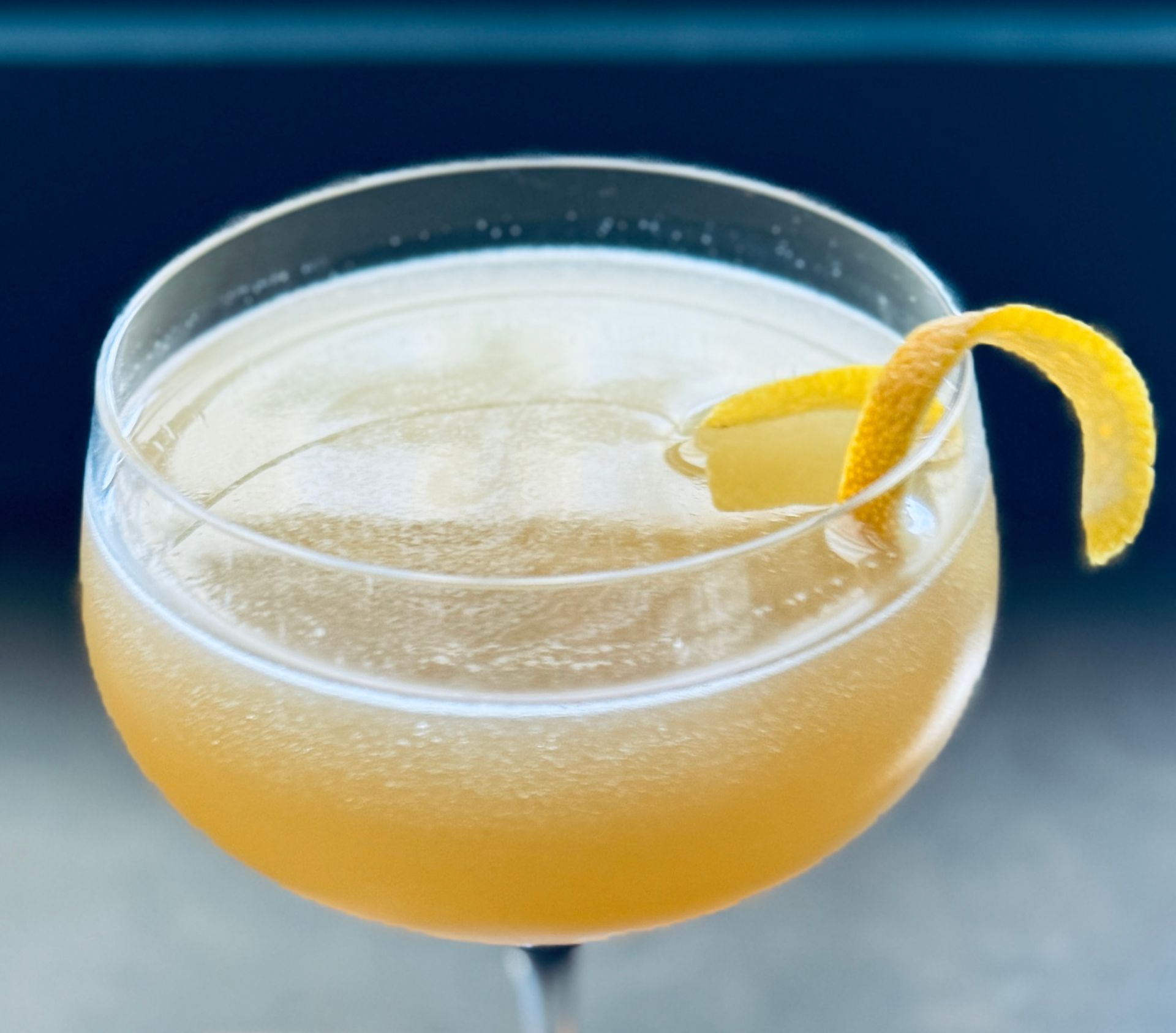
Some drinks are meant to refresh, others are meant to take you somewhere. The Starless Sea is a cocktail born from the idea of stories, inspired by Erin Morgenstern’s novel of the same name. Beneath the surface of our own world lives a place shaped by narrative, where memory and imagination flow like water. That is how I wanted this cocktail to feel - not just a drink but rather a moment that unfolds in layers, like chapters in a novel. Infused with intent: At the heart of this drink is coconut oil infused with lemongrass, cardamom and ginger, used to fat-wash aged rum. More than a culinary trick, this is a method of shaping flavors with control and care. Coconut oil is a nonpolar solvent, which means it extracts aromatic compounds that water or alcohol might miss or muddle. It draws warmth from ginger without the burn, citrus from lemongrass without the bitterness, and spice from cardamom without the astringency. When used to fat-wash the rum, those compounds enter the spirit with subtlety and softness. The result is not only a flavored rum, but the rum actually holds memories and echoes of the flavors of the spices and herbs. The infused rum becomes the foundation of the drink. Its texture is richer, and its voice is softer. The botanicals are less loud, they are gentle and atmospheric, like themes that occur in a story or a dream. Why Fat Washing? Bold ingredients like ginger and cardamom can easily overpower a cocktail if extracted with alcohol. That is why I use fat - not to mute the ingredients, but to curate them. Fat-washing is not just about adding texture. It is a way to filter flavors. Alcohol extracts everything, whether it is desirable or not. Fat chooses. It narrows the spectrum to a more elegant and focused set of notes. The result is not the full chorus, but a solo voice: precise, restrained and emotionally resonant. The oil became my editor when I created this drink. With its essential selectivity it aided me in my goal of evoking a mood and creating something intimate and immersive. The Recipe: • 1.5 oz fat washed aged rum (see below for full process) • 0.5 oz Yellow Chartreuse • 1 oz fresh lime juice • 1 oz honey syrup • 2 dashes orange bitters Shake with ice until cold. Strain into a chilled coupe or a small rocks glass over a single large cube. Garnish with nothing, or with a single lemon twist. I prefer it unadorned, just like the sea at night. Infusing the oil and washing the spirit: To infuse the coconut oil: • 200g unrefined coconut oil • 20g crushed then chopped lemongrass • 15g sliced then crushed fresh ginger • 5g crushed green cardamom pods Vacuum seal the mixture and cook sous vide at 130°F (43°C) for 3 hours. Strain the botanicals out while the oil is still hot, this ensures a clean separation and preserves the clarity of the oil. To fat wash the spirit: Use a 10:1 ratio by volume of warm (room temperature) spirit to warm infused oil. For example, 750 mL of aged rum to 75 mL of infused oil. Combine in a container you can shake vigorously. Shake well to emulsify. Let the mixture sit at room temperature for 5 hours. During that time, shake it about once per hour to keep the emulsion active and ensure even contact. After resting, freeze the mixture overnight. The oil will solidify on top into a puck. The next day, remove the puck first, don’t try to pour the rum while the fat is still in the way. Let the puck drain on a rack or in a funnel to capture the last few drops of spirit. Finally, filter the rum through a moist coffee filter to remove any fine fat particles. The result is a spirit that’s clean, richly aromatic, and texturally enhanced, but not oily. The sensory experience: When you bring the glass to your lips, the first thing you will notice is the aroma: floral, citrusy, unfamiliar in a way that makes you lean in. Secondly, the texture hits. It is soft, almost suspended, thanks to the memory of the coconut oil. The first sip is fresh with lime and honey. A moment later you will feel the Chartreuse glow underneath. Finally, the rum; layered with gentle spice and a lingering, mysterious warmth. The botanicals do not announce themselves. They drift in and out, like motifs and themes returning in different forms. As the drink warms it changes. You will notice new things, such as a touch of more ginger, a little more of the cardamom. The sweetness recedes and the structure becomes clearer. Like a story unfolds, this cocktail reveals itself slowly. Flavor as storytelling: When I design a cocktail I think about pacing, balance, and emotion. More than looking for something plainly delicious, I am looking for resonance. I want to create a drink that moves like a good narrative, something that draws you in, turns a corner, and stays with you once it is over. Flavor holds the power to do this, especially when it is shaped intentionally. Starting with infusing the fat and then using it to wash the rum allowed me to purposefully create the story. Instead of overwhelming the drink with spices, I selected only what belonged in it. Each ingredient plays a role but none of them compete. They collaborate and they whisper. The Starless Sea is not a cocktail to rush. You sit with it. You return to it. You notice something new with each sip. Like a favorite passage in a novel it stays with you, not because of flash but because of feeling. This cocktail is neither loud nor obvious. It is deliberate and in its subtle quietness, it tells a story to remember.
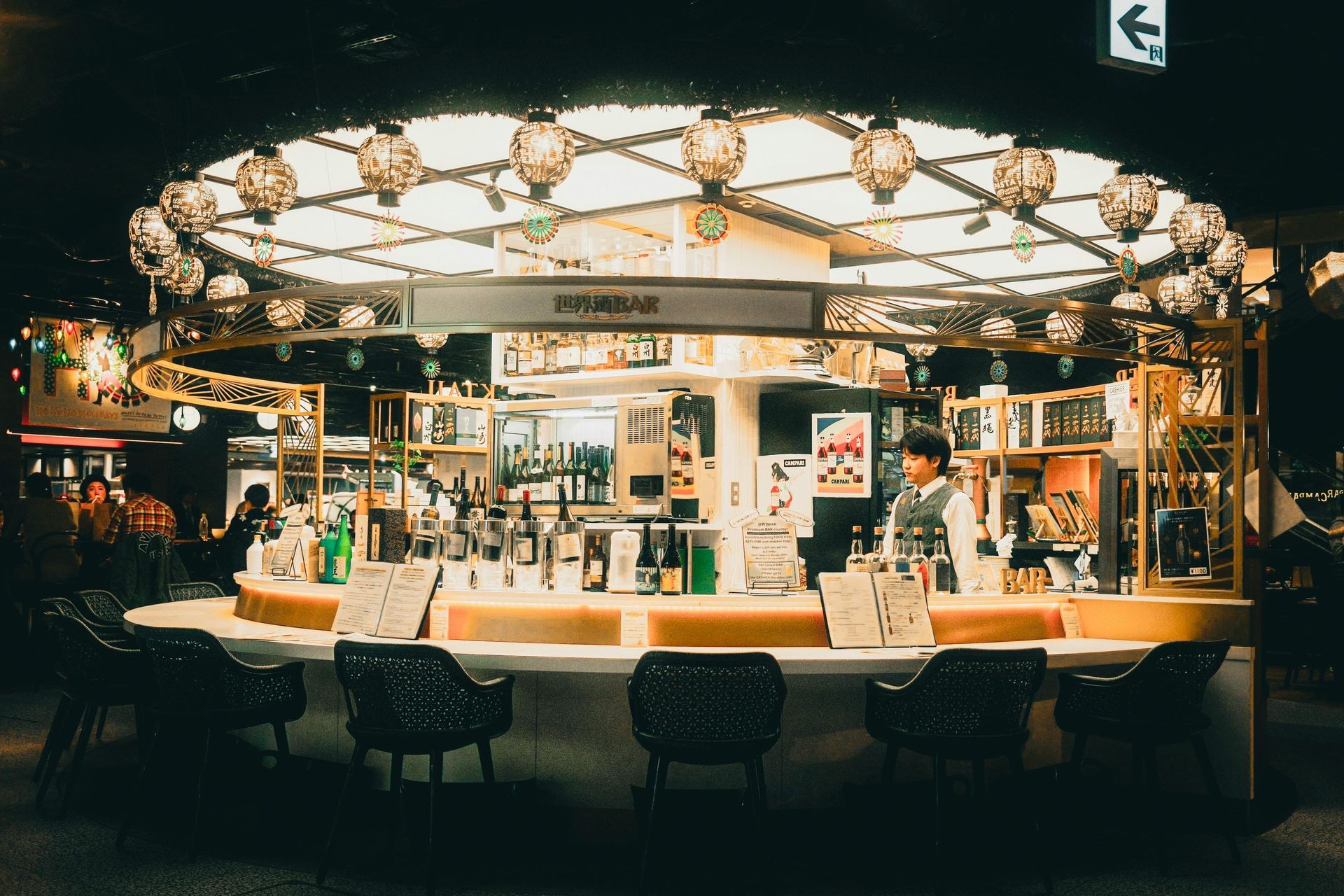
“Discover expert insights into staffing and team dynamics for boutique craft bars. Learn how to build smaller, efficient teams, balance technical skills with guest interaction, and foster a culture of excellence. Explore strategies for training, staff retention, and creating a collaborative environment where barbacks are valued as future bartenders. Master team management techniques that drive profitability and elevate the guest experience.”
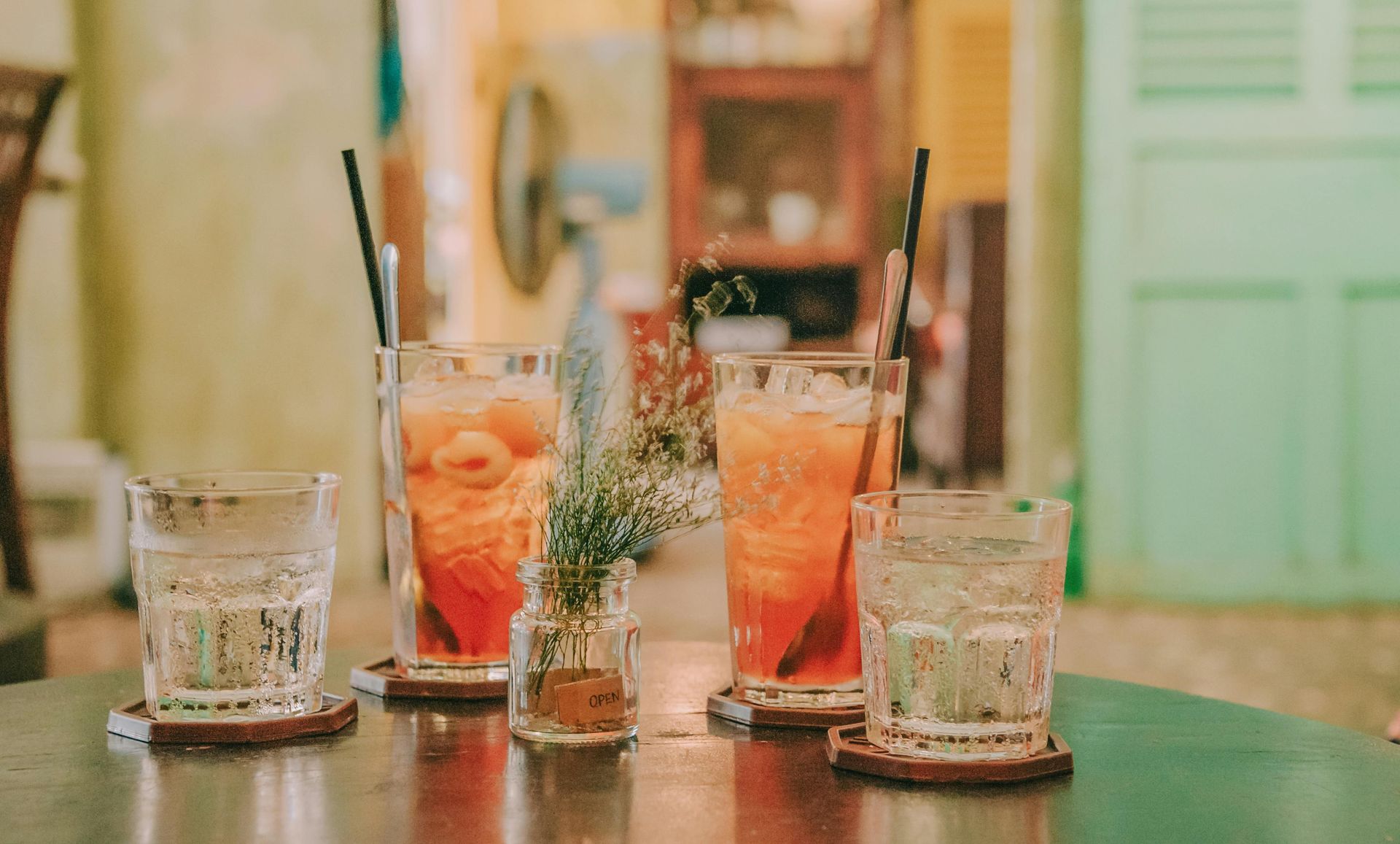
“Explore expert strategies for menu design and development tailored to craft cocktail bars. Learn how to create curated, seasonal menus that highlight innovation while standardizing classic cocktails for consistency. Discover tips for balancing creativity with cost management, fostering bartender participation, and auditing the guest experience to elevate your bar’s offerings and profitability.”
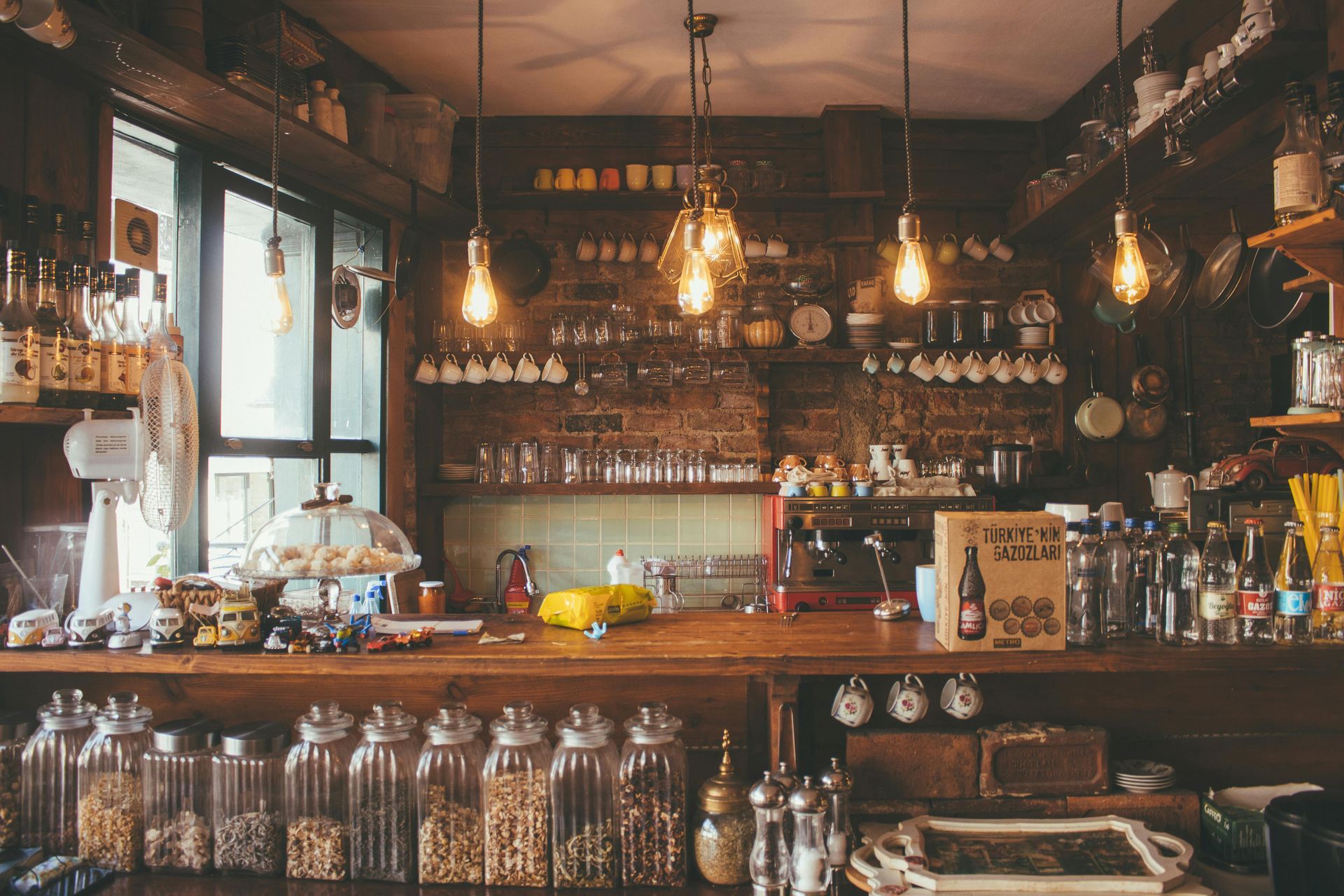
“Enhance your craft cocktail bar with expert tips on creating a memorable guest experience. Learn how to balance luxury with approachability, engage guests through confident bartending techniques, and tailor service to individual needs. Discover strategies for combining consistency with creativity, fostering a genuine bar culture, and turning every visit into an exceptional experience.”
